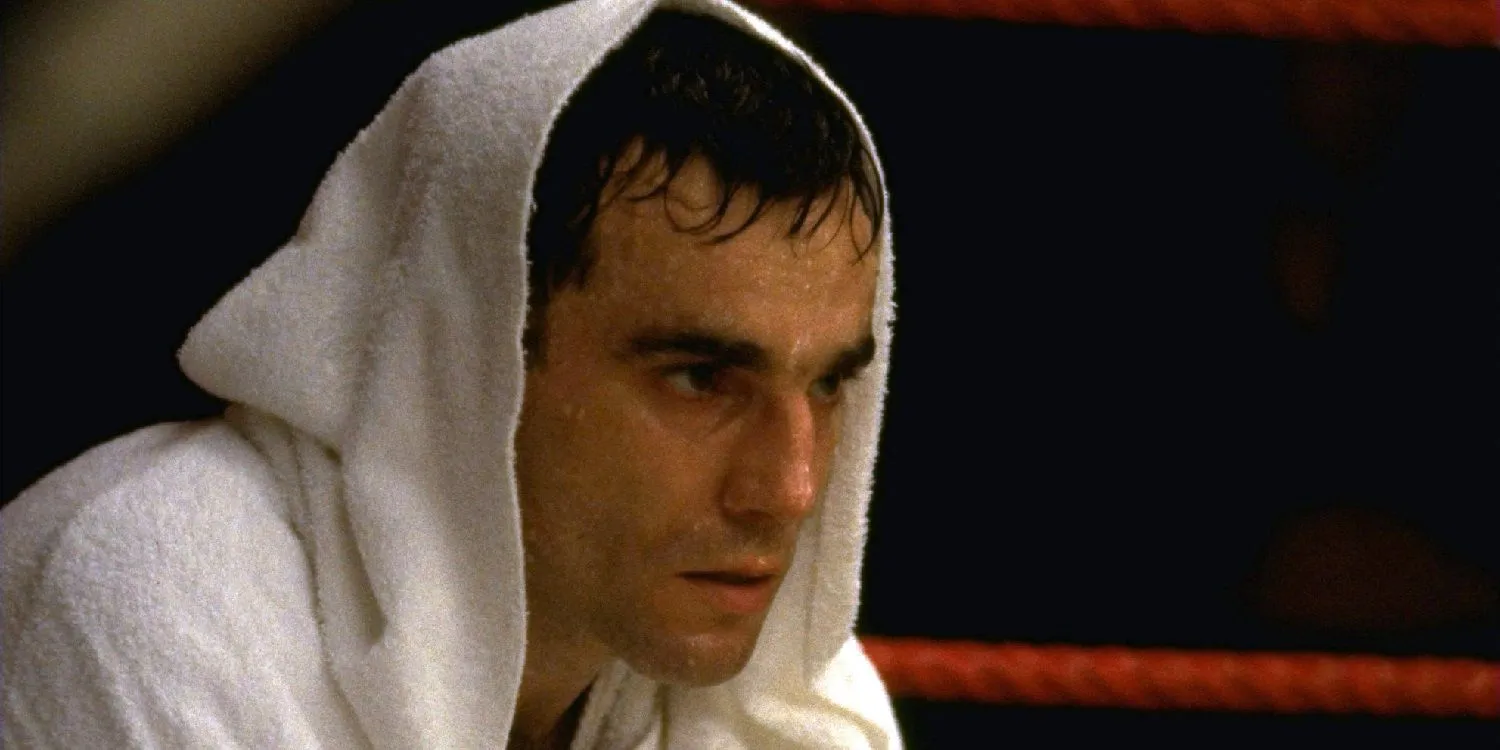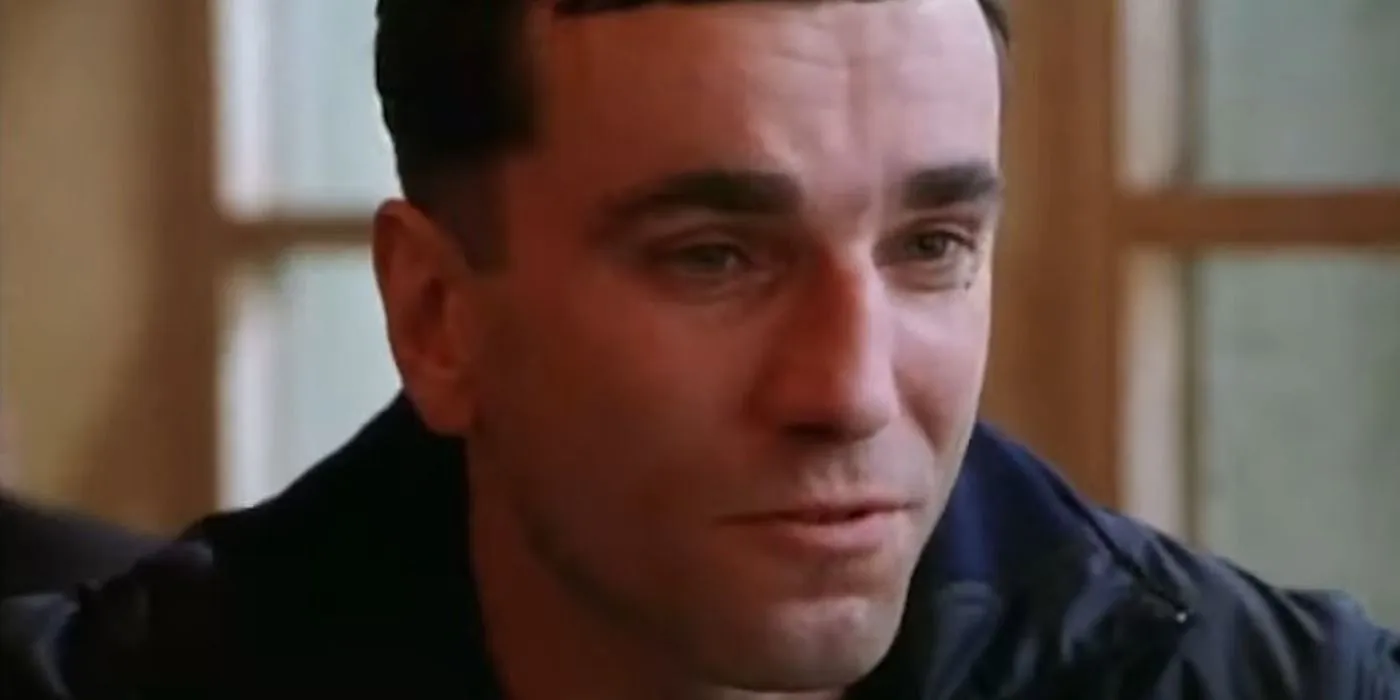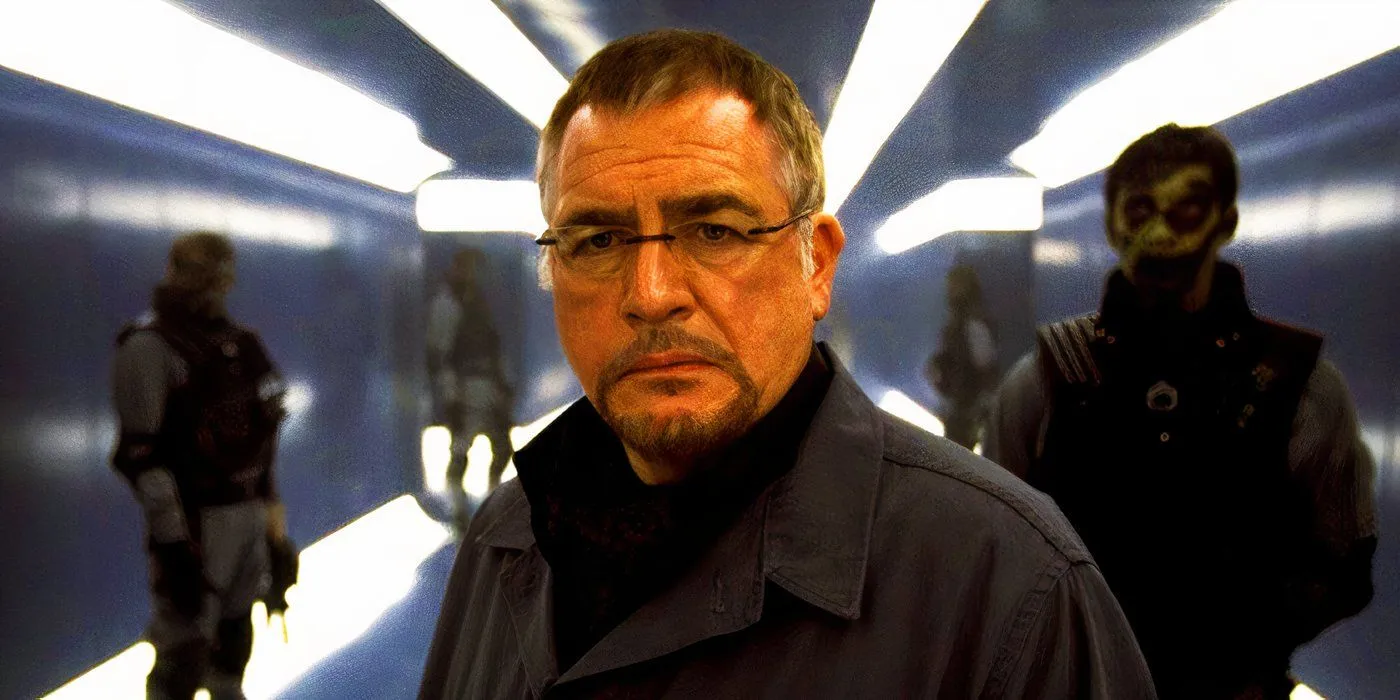
Brian Cox recently shared his insights regarding Daniel Day-Lewis‘ famous method acting approach, particularly reflecting on its influence during the production of their 1997 film The Boxer. Day-Lewis is notorious for his immersive technique, which requires him to fully inhabit his characters, resulting in numerous critically acclaimed performances and an impressive tally of six Academy Award nominations for Best Actor, including three wins. His inaugural Best Actor Oscar was awarded for his portrayal of Christy Brown in the 1989 film My Left Foot, in which he convincingly plays a man with cerebral palsy who can only move his left foot.
Following this, Day-Lewis secured additional Academy Awards for his roles as the ruthless oilman Daniel Plainview in Paul Thomas Anderson’s 2007 film There Will Be Blood and as President Abraham Lincoln in Steven Spielberg’s 2012 biopic Lincoln. His final film before announcing retirement was Phantom Thread, where he re-collaborated with Anderson and received another Academy Award nomination. However, in an exciting turn of events, Day-Lewis is set to come out of retirement to portray a role in the upcoming film Anemone, directed by his son, Ronan Day-Lewis.
The Influence of Daniel Day-Lewis’ Method Acting in The Boxer
Co-Stars’ Reactions to Day-Lewis’ Commitment

In The Boxer, Day-Lewis again embraced his method acting style while playing Danny Flynn, an Irish boxer who has recently been released from prison. This film is widely regarded as one of his remarkable works, showcasing his dedication through an authentic Northern Irish accent and extensive boxing training. The cast features Cox as Joe Hamill, alongside Emily Watson as Maggie, contributing to the film’s compelling narrative directed by Jim Sheridan, who also directed My Left Foot.
In a revealing interview with The Hollywood Reporter, Brian Cox shared that Day-Lewis remained in character throughout the film’s entire production, consistently speaking in his Northern Irish accent even off set. This determination led to some uncertainty for his co-stars, particularly Watson, who struggled with whether she should respond in the same accent when the cameras were off. Cox characterized Day-Lewis’ method as “a little off-putting,”and he elaborated on his own distaste for such consuming performance preparation. His insights including the following:
“Dan’s a very nice man, but his method of preparation is entirely different from mine. I don’t believe in getting that absorbed in a character because I believe it’s an ensemble art form, not an art form for one person. It was difficult for Emily Watson, because Dan would speak in the Northern Irish accent offscreen. She didn’t know if she had to respond in a Northern Irish accent offscreen. She said, ‘So how do I talk?’ And I said, ‘Just be normal. This is Dan’s thing. Just be who you are.’ That’s his method. It’s sometimes a little off-putting, but it’s different horses for different courses.”
Analysis of Brian Cox’s Insights





Cox’s observations resonate with his previous critiques of method acting, especially in relation to his former Succession co-star, Jeremy Strong. While actors like Day-Lewis and Strong have gained accolades for their immersive performances, Cox firmly believes this approach is not suitable for him. His distinction between “an ensemble art form” and “an art form for one person” presents a compelling argument against method acting, highlighting the collaborative nature of filmmaking. Nevertheless, Day-Lewis’s signature method has undoubtedly shaped his illustrious career, and audiences are eager to see how he employs this approach in Anemone.
Source: The Hollywood Reporter




Leave a Reply